There’s No Business Like Show Business (1954)
“You start worrying about your kids the day they’re born, and you never stop. Even after they bury you, I bet you never stop worrying.”
|
Synopsis: |
|
Genres, Themes, Actors, and Directors:
Review: … [Dan] Dailey at his crassest: … and [Marilyn] Monroe, thank heaven, at her 20th Century Foxiest”. Indeed, other than its Irving Berlin-ful score, Monroe will be the main draw for most viewers — though her supporting role here seems decidedly shoehorned into the narrative, and she’s paired with the worst possible choice of romantic interests in her entire movie career. (No offense meant to O’Connor; they’re simply utterly mismatched. Ray would have been a much better choice — but his character is sent off into priesthood!) Meanwhile, as pointed out by DVD Savant, “the production is rather garish and empty (an awful lot of wide screens full of billowing, sequined drapes)”, and while “this is supposed to [represent] the gaudy world of vaudeville… the final kiss of death is that a lot of the stuff Marilyn is made to wear here is just plain ugly” (!!). While it possesses a couple of nicely staged and performed Berlin tunes, the movie’s sole point of interest for film fanatics is the chance to watch a handful of little-seen cinematic performers — Merman (primarily a Broadway star), Gaynor (primarily a voiceover singer), and Ray (primarily a musician) — onscreen; but the vehicle they’re given is such a clunker that it’s really not worth their efforts, or ours. Redeeming Qualities and Moments:
Must See? Links: |
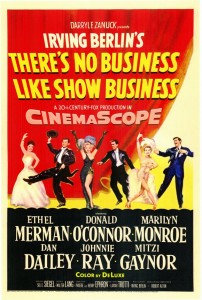
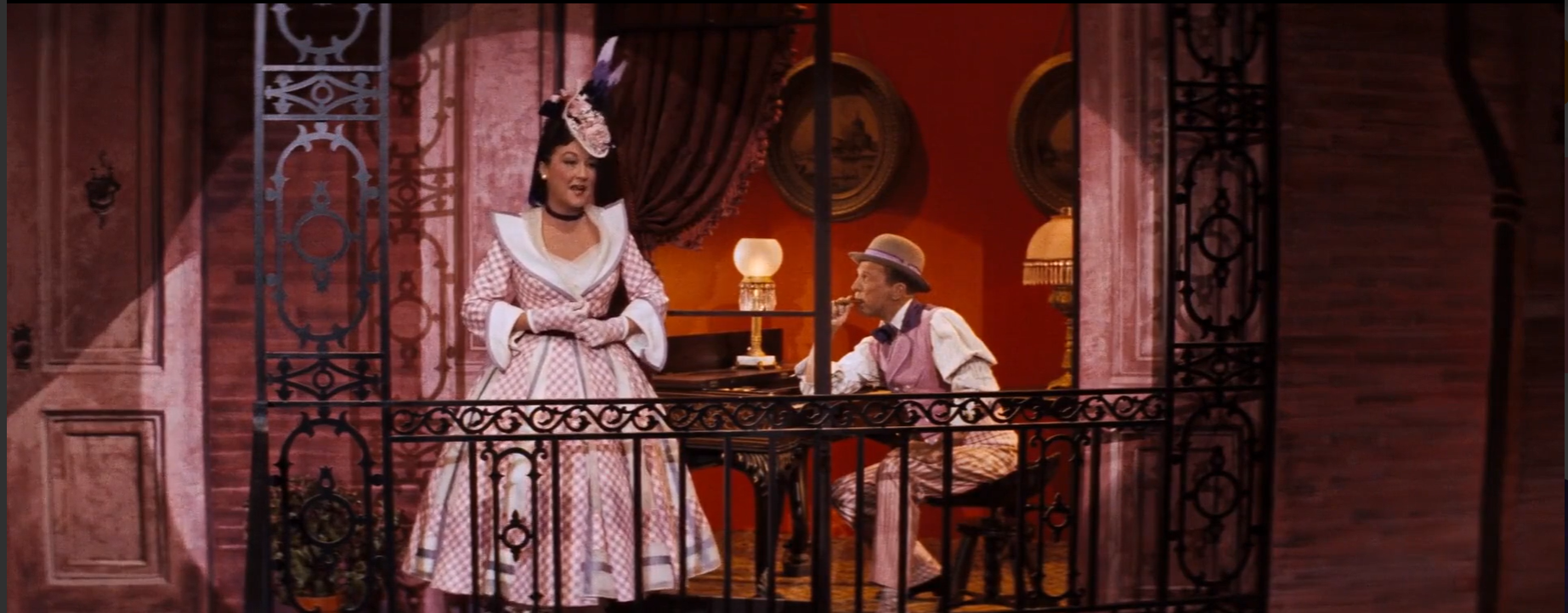
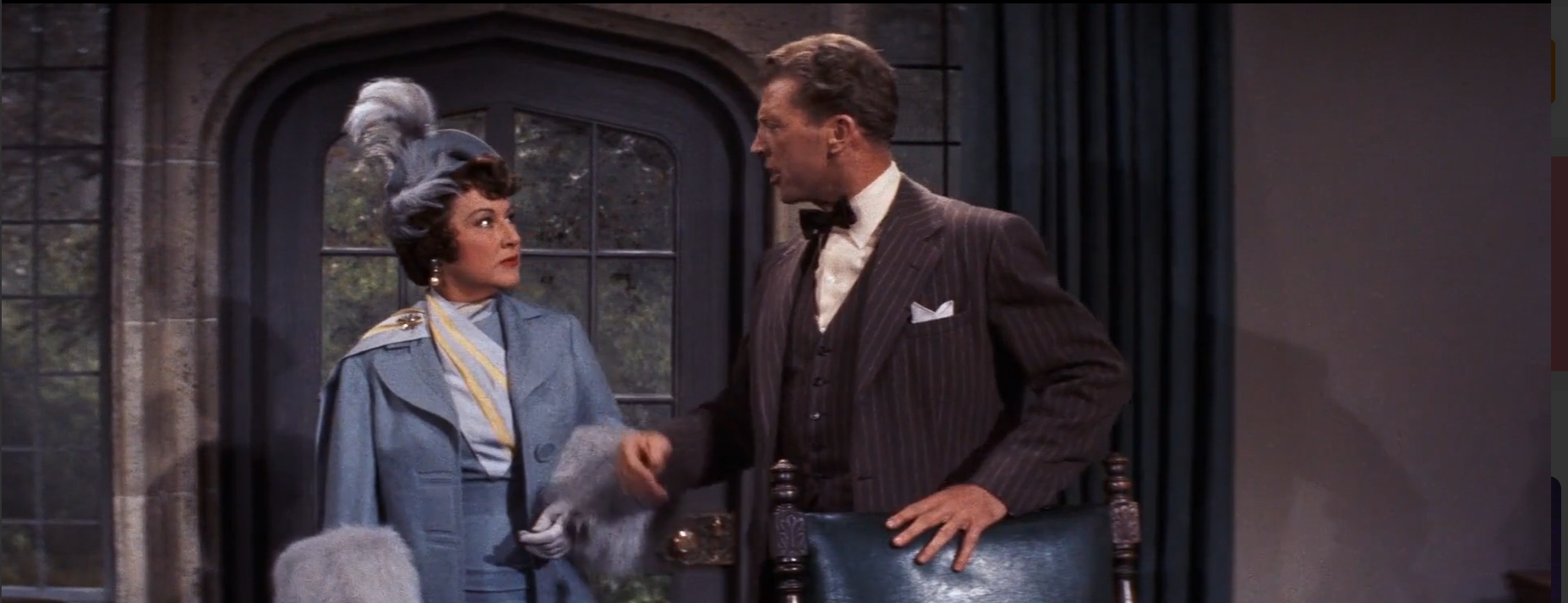
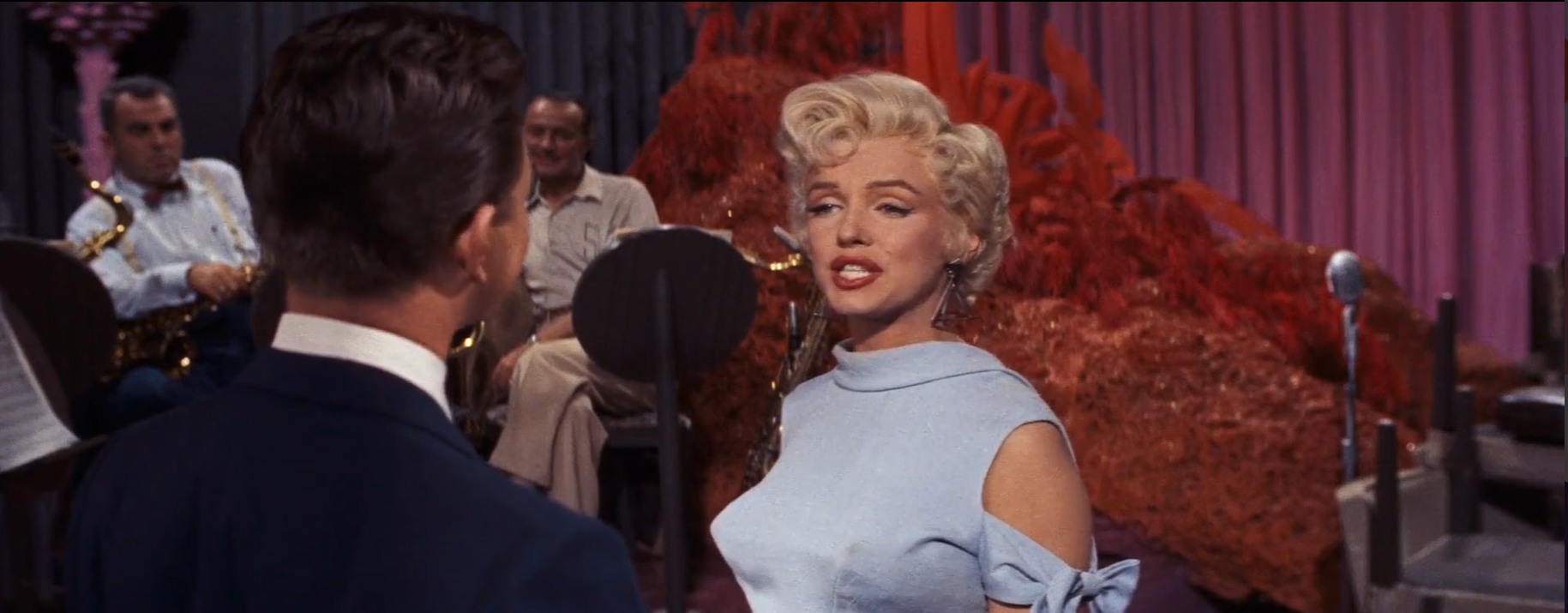
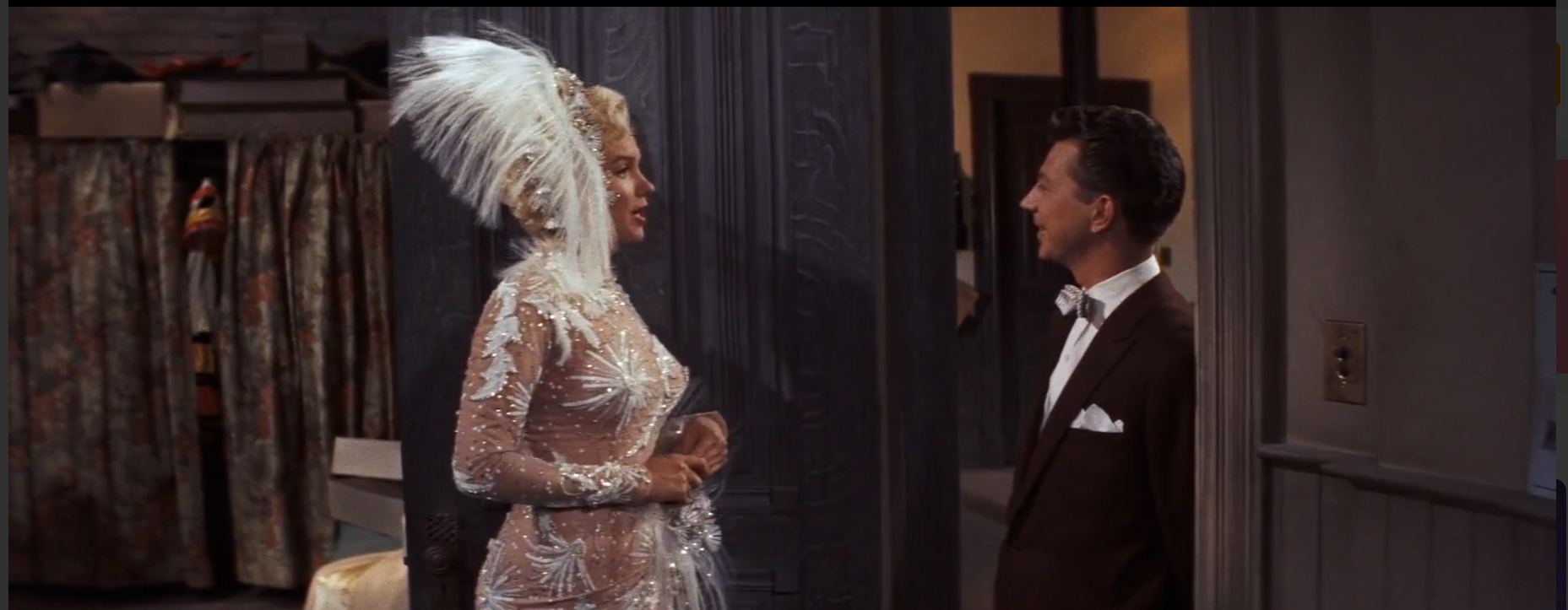

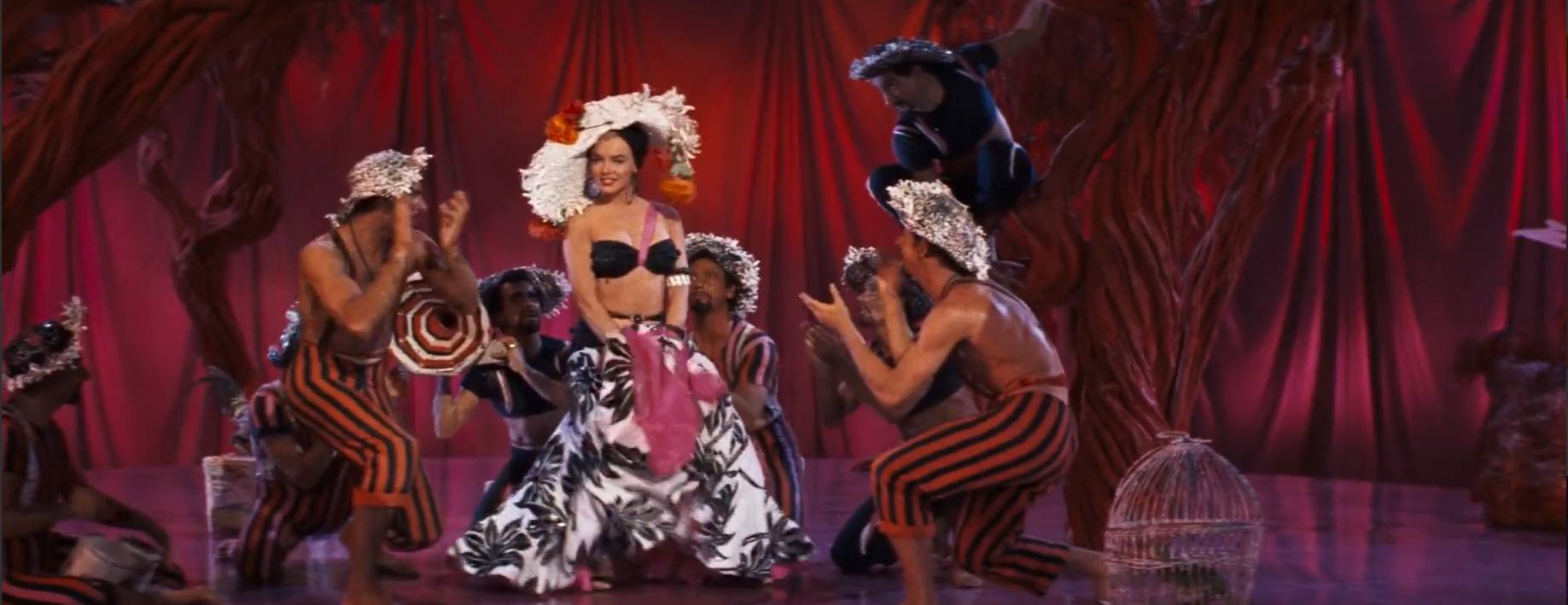
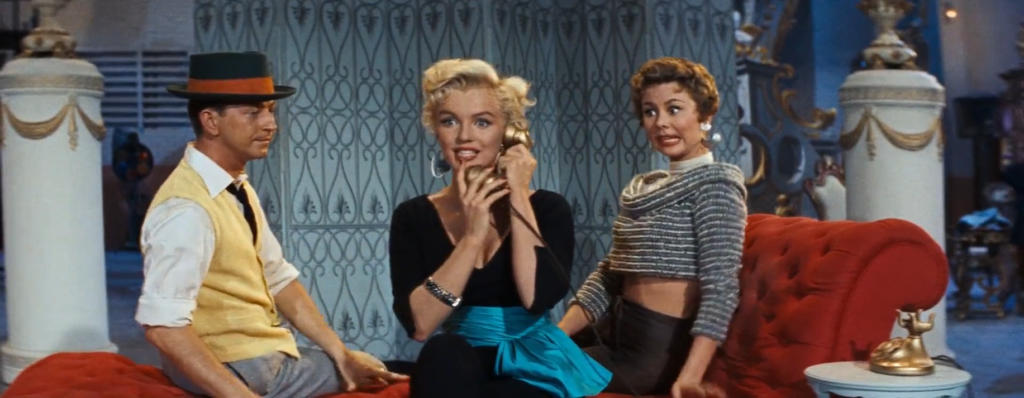
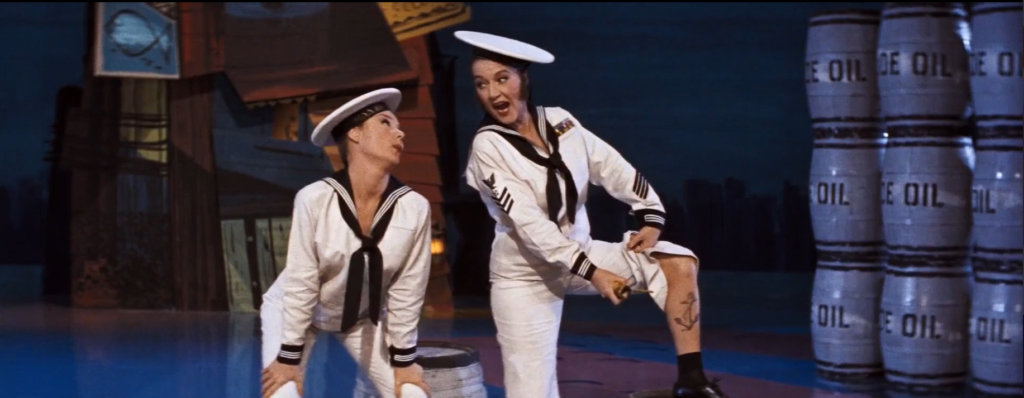
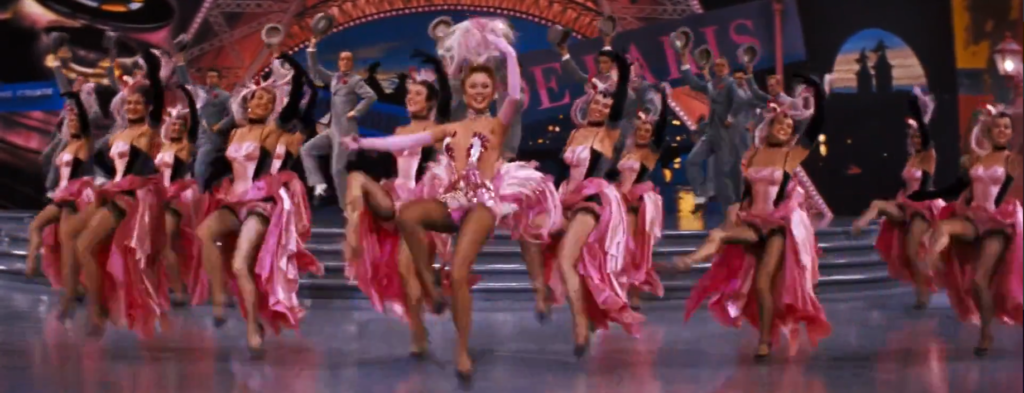
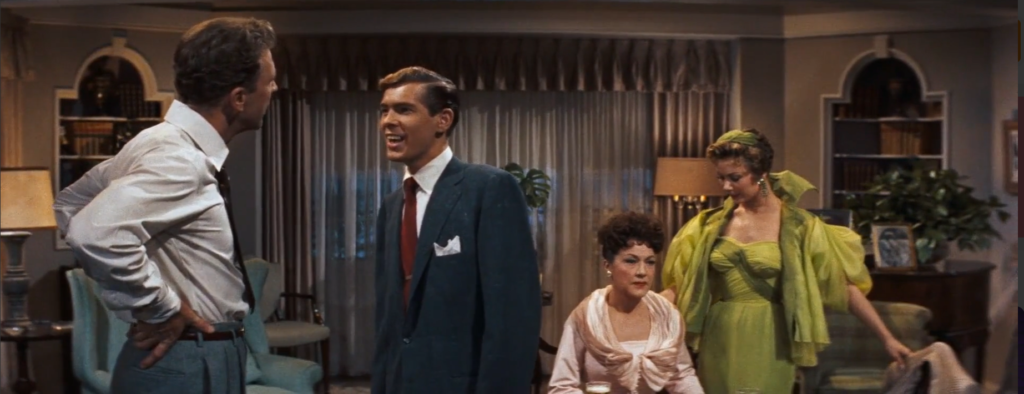
3 thoughts on “There’s No Business Like Show Business (1954)”
A once-must, for its unbridled entertainment value, fine performances by all of the leads, Berlin’s incredible score and Robert Alton’s remarkable choreography.
In a rare departure for me, I almost completely disagree with the assessment given – as well as the opinion of the Time Out reviewer: “…such details as plot, cast, and character development are swept aside by the mindless but fairly irresistible anthem to razzmatazz embodied in its title.” What movie was *he* watching?, cause it certainly wasn’t the one I just revisited. That capsule review reads like the opinion of someone who simply holds musicals in lower regard (and such reviewers exist).
Yes, there are plenty of awful or mediocre musicals. But, in spite of the fact that ‘There’s No Business…’ was a costly flop when it was released and apparently received largely negative reviews, this is one generally-thrilling extravaganza which delivers what it sets out to accomplish, and then some.
On a rewatch, I was genuinely surprised by just how solid this film is. At the forefront is Berlin’s terrific score – it gave me renewed respect for this lyricist/composer. His range alone is impressive and sometimes shocking (although a lot of credit here must also go to the simply superb orchestrations). This is one musical where the songs almost never stop coming and in satisfying ways (whether as individual tunes complete in themselves or as partial songs in montage sequences).
Berlin’s work could not be better matched than by Alton’s staging of each and every musical number (whether small- or large-scale). Alton was a rare dance man who had noticeable respect for a song’s lyrics at all times, finding visual ways to accent and communicate what a song was actually saying. Alton makes each song a little play in itself – his attention to detail is an endless source of fun. It’s certainly odd that Alton remains somewhat unsung (or so it seems), considering his knockout work in musical films. …I could easily go point by point with the musical numbers – as to what makes many of them absolute standouts…but suffice it to say that pretty much all of them are memorable and surprisingly modern-looking for a film released in 1954.
Not only is the film shot in top-notch style by the ever-dependable Leon Shamroy, but it is served up in expertly colorful splendor thanks to all elements of the production design.
All of that would be much less impressive if it weren’t for the witty, knowing screenplay by Phoebe and Henry Ephron – which manages to take an inherently episodic storyline and turn it into what appears to be a more solid plot. (That’s not easy to do.) …Both the script and Berlin’s lyrics are occasionally and unexpectedly provocative – which also puts the film a cut above other showbiz stories.
I cannot fault the cast at all – I find them to be an interesting mix that works well. Merman and Dailey rarely got this kind of opportunity to headline – and they complement each other nicely (Merman even reins things in sufficiently). I don’t have a problem at all believing the relationship between Monroe and the wonderfully sprightly O’Connor. (It’s certainly a lot more believable than when Fred Astaire is cast opposite a much younger actress.) Reportedly, Monroe balked at doing this role – but she takes what could easily be a nothing part and *acts* it with refreshing subtext and humor. I also happen to adore watching Gaynor in this film – she’s natural, sexy and holds her own against the considerable distraction that is Monroe. (Gaynor is especially winning in ‘Lazy’.)
I don’t generally tend to love films directed by Walter Lang – or, rather, I may find them mildly satisfying but not a whole lot more. Here, at least, Lang really does come up to the plate and ‘TNBLSB’ is quite underrated.
I felt the script showed its mettle towards the end, when O’Connor’s issues with alcohol are taken surprisingly seriously (it’s made clear he’s an alcoholic — a brave choice). And to that end, I suppose Ray’s conversion to priesthood could be considered in the same vein — i.e., as an intriguing storyline not really explored or even touched upon in most cinema of the day.
But the problem, I feel, is that the more serious tone of these developments isn’t in sync with the lighthearted vaudevillian tale that comes before. For me, it overall just didn’t work.
Re: Monroe and O’Connor’s romance, we’re not given anything to work with to understand their attraction towards one another, other than the obvious fact that O’Connor would find someone like her sexy (I mean, who wouldn’t?!). Sure, he’s a fun, good looking guy — and like I hinted, he’s be a great catch for many other women — but Monroe’s character as written (and yes, I agree, she’s good in the role) doesn’t strike me as someone who would find him or his particular energy appealing. But of course that’s just my opinion as a viewer.
Re: Gaynor, her character is the least developed of the siblings, to her detriment; she does show some infectious energy, but there’s no place for it to go, narratively speaking. Yes, she’s great in her musical performances (specifically “Lazy” — a vibrant, wonderfully produced number) — but to me, this film is sadly yet another case of Gaynor only being allowed to use her talents on a surface level. Weird — cuz she’s attractive and clearly talented.
I like the script a lot and, as I see it, ‘the more serious tone of these developments’ *is* ‘in sync with the lighthearted vaudevillian tale that comes before’ because they are two pieces of the same thing: we see the family onstage and off; we see the parents as performers; we see the kids as performers with the parents; then we see the kids logically starting to develop their own lives while still remaining part of their parents’ act – which eventually becomes the cause of friction within the family…but not much because they are essentially a loving family. To me it’s quite clear and all of one piece.
Monroe and O’Connor’s relationship makes sense to me in that they are professional equals, even if he is more famous. Such people fall in love all the time. It may not come across as deep-rooted but it does come across that they enjoy each other’s company and have professional growth in common. It’s a new relationship and we’re not shown how it could possibly grow – but they are reunited at the end after a spat (and his own personal problem), so we’re to think they are going to give it a shot at something meaningful. Just my view. It didn’t bother me.
I don’t think there’s anything sad about Gaynor’s role. True, it’s not as developed but I don’t think she’s wasted in the role since she has plenty of opportunity to shine – and her character is not the focus of the story.
I’m a little bothered, truth be told, about the priesthood thing but that’s cause I have issues with the Catholic religion. 😉 But this was the ’50s, and things certainly weren’t as toxic back then, so I’m a little less bothered by it for that reason.
Essentially, this is not a plot movie, nor a character movie, but an entertainment that delineates a story of family entertainers. I don’t think it’s meant to be more probing in its character development than it is.